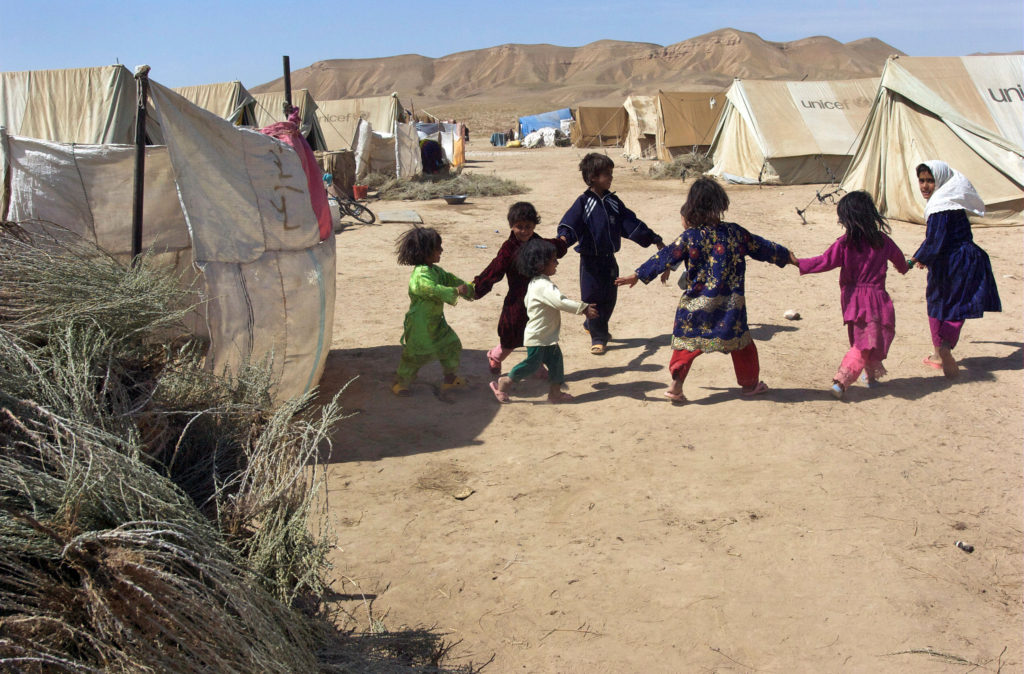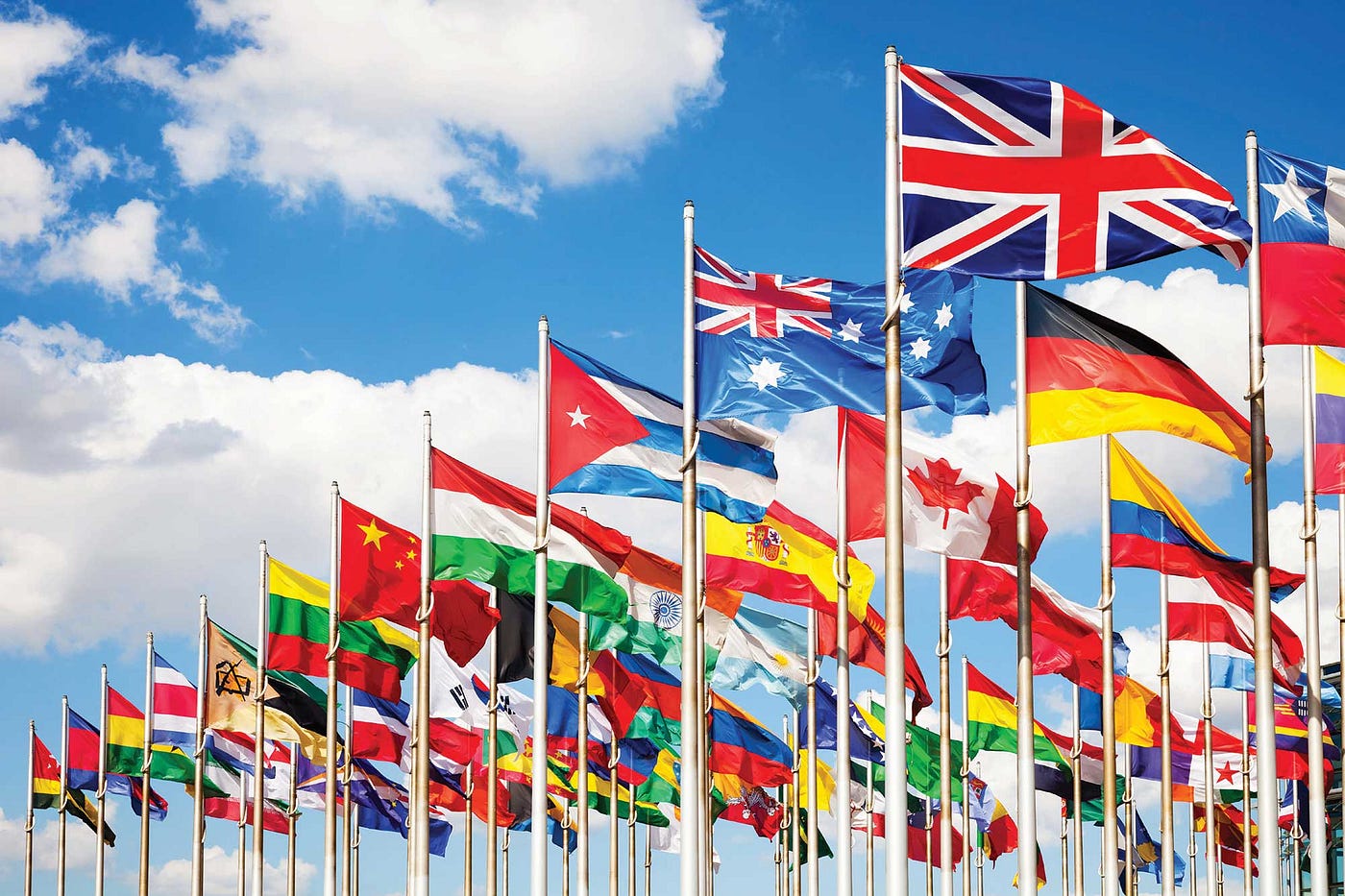- Courses
- GS Full Course 1 Year
- GS Full Course 2 Year
- GS Full Course 3 Year
- GS Full Course Till Selection
- CSAT
- 5 LAYERED ARJUNA Mentorship
- Public Administration Optional
- Online Program
- GS Recorded Course
- NCERT Batch
- Polity Module Course
- Geography Module Course
- Economy Module Course
- AMAC Module Course
- Modern India, Post Independence & World History Module Course
- Environment Module Course
- Governance Module Course
- Science & Tech. Module Course
- International Relations and Internal Security Module Course
- Disaster Management Module Course
- Ethics Module Course
- Essay Module Course
- Current Affairs Module Course
- ABOUT US
- OUR TOPPERS
- TEST SERIES
- FREE STUDY MATERIAL
- VIDEOS
- CONTACT US
The Multifaceted Dimensions of Peace: A Global Commitment to Harmony and Justice
The Multifaceted Dimensions of Peace: A Global Commitment to Harmony and Justice

In today’s tumultuous world, peace remains an ideal and a necessity for fostering global stability and individual well-being. The 10th Global Forum of the UN Alliance for Civilizations recently saw world leaders adopt the Cascais Declaration, emphasizing the importance of promoting peace through intergenerational dialogue, sustainable development, and human rights. In alignment with these efforts, the UNESCO HK Association's 2012 Peace Project introduced the concept of the Aspects of Peace, redefining peace as a harmonious state both within individuals and across various facets of life.
The Five Aspects of Peace
1. Individual/Inner Peace
Concept:
Inner peace enables individuals to manage life’s challenges, reduce stress, and positively contribute to society. It involves cultivating emotional stability and self-awareness.
Challenges:
- Mental health issues, such as anxiety and depression, exacerbated by work-life imbalance and economic instability.
- Consumerism and materialism, which can detract from deeper, meaningful fulfillment.
2. Social Peace
Concept:
Social peace focuses on building peaceful relationships within communities through collaboration, conflict resolution, equality, and justice.
Challenges:
- Discrimination and exclusion, leading to resentment and violence.
- Misinformation, hate speech, and prejudices related to gender, race, and other identities.
3. Ecological Peace
Concept:
Ecological peace underscores the importance of sustainable development and maintaining a balanced relationship with the environment to ensure a peaceful future.
Challenges:
- Climate change and extreme weather patterns driving resource conflicts and displacement.
- Insufficient global cooperation on critical environmental issues.
4. Cultural Peace
Concept:
Cultural peace encourages understanding, respect, and appreciation for cultural diversity through exchange and collaboration across cultural boundaries.
Challenges:
- Ethnocentrism, cultural intolerance, and hate speech that fuel divisions and conflict.
5. Political Peace
Concept:
Political peace promotes just and non-violent relationships between groups, governments, organizations, and societies to foster harmony and cooperation.
Challenges:
- Global challenges such as territorial disputes, rivalries, weak international governance, and nuclear proliferation.
- National issues, including corruption, nepotism, and lack of the rule of law.
Philosophical Foundations of Peace
1. Gandhian Conception of Peace: Rooted in Ahimsa (nonviolence) and Satya (truth), Gandhi’s approach emphasizes self-purification, simplicity, and compassion as necessary components for societal peace.
2. Utilitarian Concept of Peace: Peace is achieved when actions maximize overall happiness and minimize suffering, creating a society that enhances collective well-being.
3. Kantian Notion of Peace: Immanuel Kant argued that peace is an active moral obligation for individuals and nations. He envisioned perpetual peace through rationality, universal morality, and international cooperation.
Key Stakeholders in Promoting Peace
|
Category |
Key Stakeholders |
Role in Promoting Peace |
|
Global/Political Peace |
Governments |
Enact policies, laws, and regulations that promote peace, human rights, and justice. |
|
International Organizations (e.g., UN) |
Mediate conflicts, promote diplomacy, and coordinate global efforts toward peace. |
|
|
Civil Society Organizations |
Advocate for peace, human rights, and social justice at local, national, and global levels. |
|
|
Social and Cultural Peace |
Community Leaders |
Help resolve conflicts, advocate for justice, and promote social cohesion within communities. |
|
Religious & Spiritual Leaders |
Promote peace by encouraging love, compassion, forgiveness, and tolerance. |
|
|
Mainstream and Social Media |
Counter misinformation, hate speech, and encourage peaceful dialogue. |
|
|
Individual/Inner Peace |
Individuals |
Practice tolerance, empathy, and understanding in daily life, creating peaceful environments within families and communities. |
|
Families |
Instill values of nonviolence, respect, and conflict resolution in children, laying the foundation for peace. |
|
|
Educational Institutions |
Shape future generations through curricula and teachings that emphasize peaceful values, critical thinking, social justice, and sustainability. |
Initiatives Undertaken to Restore and Promote Peace
- Global Peace: Various global institutions like World Bank, UN, etc. fostering the dialogue and cooperation, multipolarity to ensure global stability and peace.
- Political Peace: Global institutions like International Court of Justice (ICJ) and several peace negotiations and treaties ensure peaceful dispute settlement.
- Ecological Peace:Initiatives like Paris Agreement address environmental degradation to prevent resource-based conflicts. Programs like WWF's Earth Hour raise awareness about ecological sustainability.
- Inner Peace:Global events such as International Yoga Day and World Meditation Day foster mental well-being.
- Cultural Peace: UNESCO's World Culture Forums promote understanding between diverse cultural groups.
- UNESCO's cultural heritage Programe works to preserve cultural landmarks prevent destruction during conflicts, symbolizing unity and peace.
Peace is a holistic and multifaceted concept. It is not merely the absence of conflict, but the active presence of harmony, justice, equality, and understanding across all areas of life—within individuals and between nations. The commitment to building peace from the inside out fosters sustainable solutions to global challenges such as human rights, environmental protection, and economic equity. The promotion of peace requires the collective effort of individuals, communities, governments, and international organizations. Together, we can create a peaceful world, one step at a time.
|
Also Read |
|
FREE NIOS Books |
UPSC Daily Current Affairs |
UPSC Monthly Mgazine |
Previous Year Interview Questions |
Free MCQs for UPSC Prelims |
UPSC Test Series |
ENSURE IAS NOTES |
Our Booklist |




